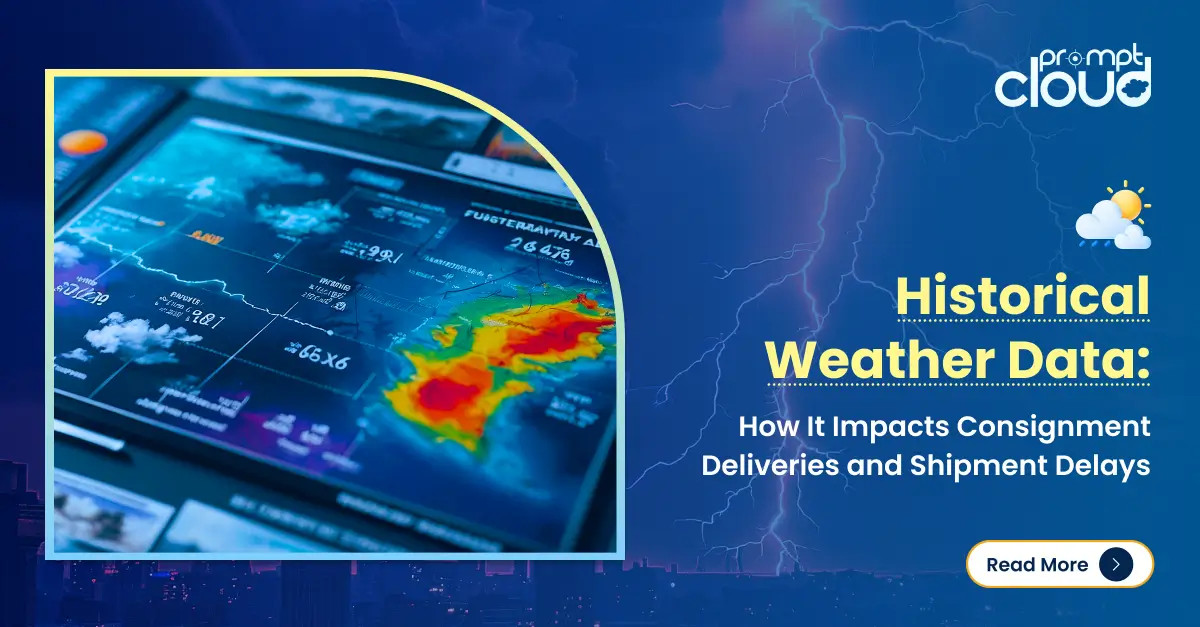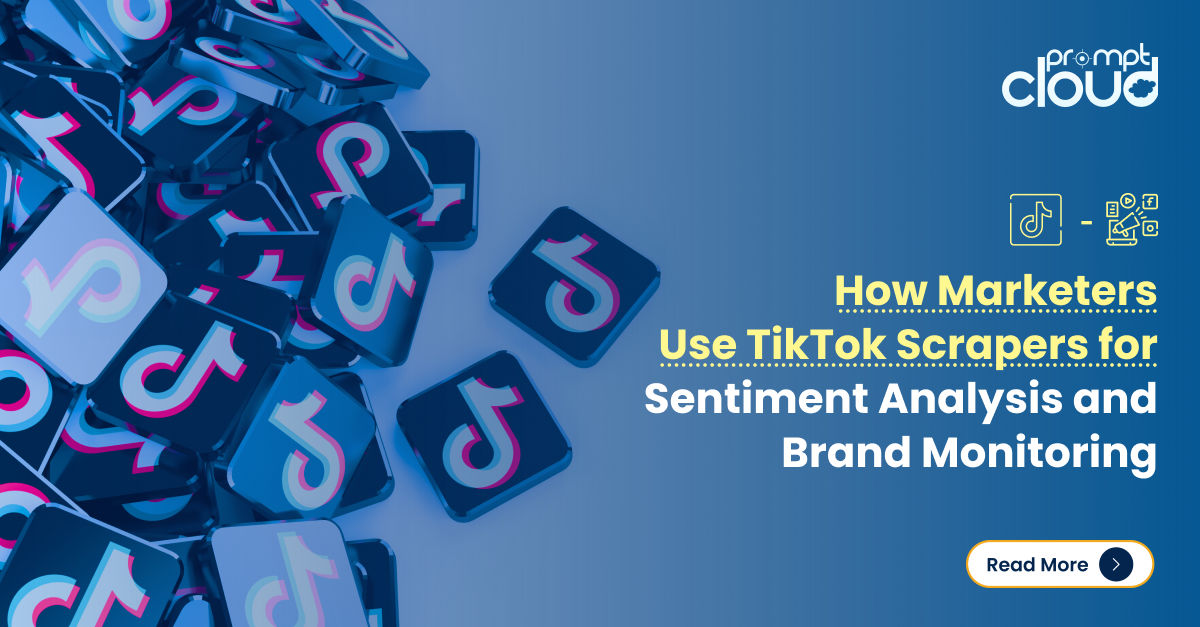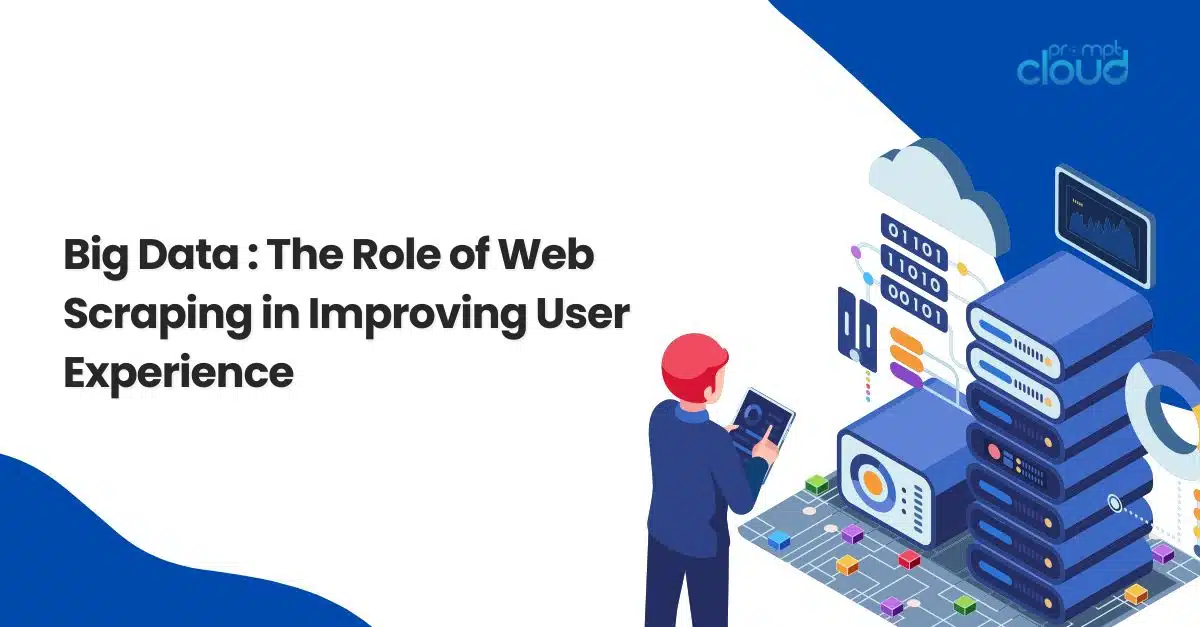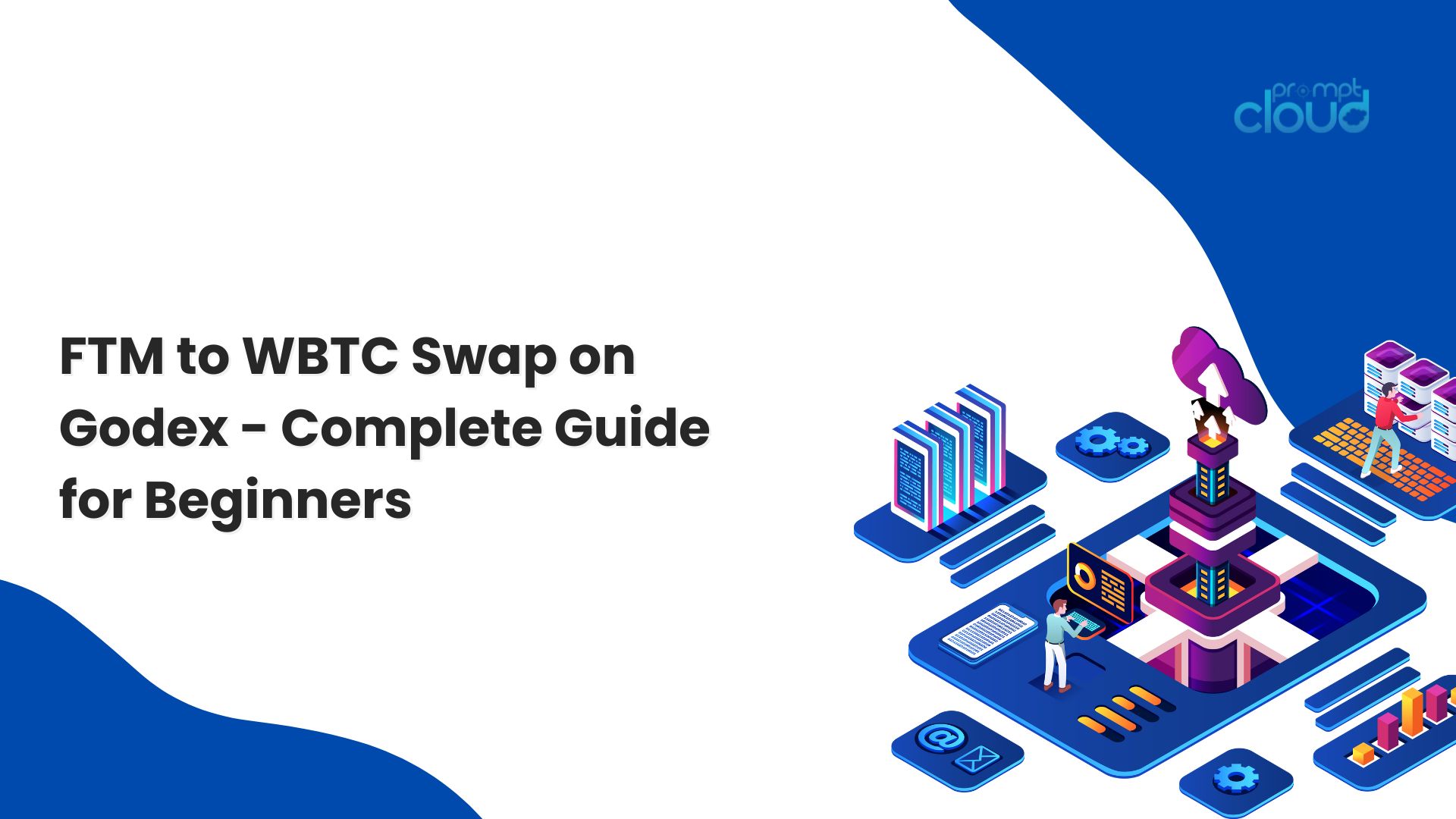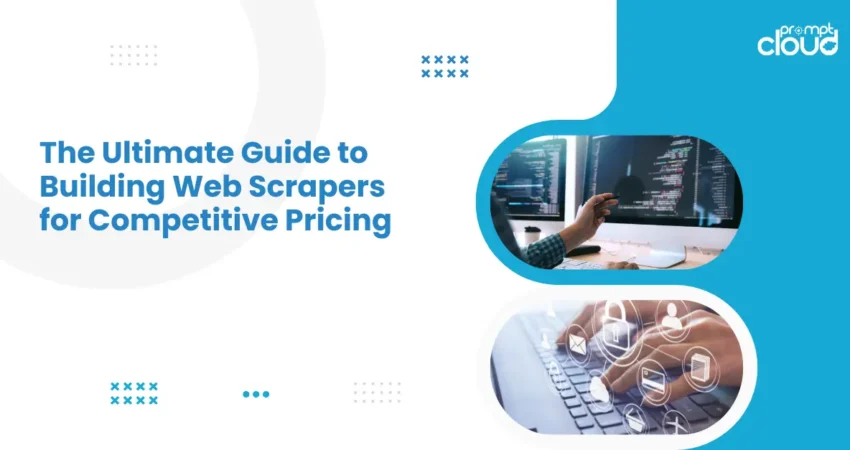
Competitive pricing, the practice of selecting strategic price points to best take advantage of a product or service’s market relative to the competition, has become an essential tool for businesses aiming to attract and retain customers. In the digital age, where price comparisons are just a click away, the importance of competitive pricing has been amplified. It not only influences consumer purchasing decisions but also directly impacts a business’s market share and profitability.
Enter the realm of web scraper, a powerful tool that automates the process of extracting data from websites. In the context of competitive pricing, web scraping is utilized to collect pricing information from competitors’ websites, enabling businesses to analyze their market position and adjust their pricing strategies accordingly. This technique offers a real-time, comprehensive view of the competitive landscape, which is critical for making informed pricing decisions. By leveraging web scraper, companies can ensure their pricing strategies are data-driven, dynamic, and aligned with market trends.
Before diving into the intricacies of building web scrapers for competitive pricing strategies, it’s essential to establish a solid understanding of what web scraping entails and the fundamental principles behind it.
What is Web Scraping?
Source: AVI Networks
Web scraping is a technique used to extract large amounts of data from websites automatically. The process involves making requests to web pages, downloading the web pages, and then parsing the HTML code to extract the data you need. This technique is particularly useful for gathering data from websites that do not offer an API or other means of accessing their data programmatically.
Setting Up Your Web Scraping Environment
To harness the full potential of web scraper for competitive pricing, it’s crucial to establish a robust and flexible development environment. This involves selecting the appropriate tools and programming languages.
Choosing the Right Tools and Programming Languages
Source: https://fastercapital.com/startup-topic/web-scraping.html
- Python: Renowned for its simplicity and readability, Python is a favorite among web scraper due to its rich ecosystem of libraries designed for data extraction and manipulation. Its versatility and ease of use make it ideal for beginners and experts alike.
- JavaScript: For websites heavily reliant on JavaScript to load content dynamically, using JavaScript (specifically Node.js) for scraping can be advantageous. Libraries like Puppeteer or Cheerio are popular choices for scraping such dynamic content.
- Other Tools: While Python and JavaScript are the most commonly used languages for web scraping, tools like R (for statistical analysis) and software like Octoparse (a no-code web scraping tool) can also be valuable, depending on your specific needs.
Web Scraping for Pricing Data
Web scraper for pricing data is a crucial task for businesses aiming to stay competitive in their market. This involves identifying and extracting relevant pricing information from competitor websites, which can be used for competitive analysis, pricing strategies, and market research. Given the variety of web technologies in use today, extracting this data efficiently, especially from dynamic websites that load content through JavaScript, presents unique challenges. Below are techniques and strategies for effectively scraping pricing data.
Techniques for Identifying and Extracting Pricing Data from Web Pages
Inspecting Web Page Structure
- Use browser developer tools (Inspect Element in Chrome or Firefox) to examine how pricing information is structured and contained within the HTML of the page.
- Look for patterns in the HTML or URL structure that can help programmatically navigate through product listings or categories.
XPath and CSS Selectors
- Utilize XPath or CSS selectors to target specific elements containing pricing data. These selectors help in pinpointing the exact location of the price information within the web page’s DOM structure.
- Tools like XPath Helper (Chrome) or Try XPath (Firefox) can assist in crafting and testing these expressions.
Regular Expressions
- In some cases, especially when dealing with poorly structured HTML, regular expressions (regex) can be used to extract pricing information from the webpage’s text content.
- Be cautious with regex, as overly complex patterns can be difficult to maintain and may lead to inaccurate scraping if the webpage’s structure changes.
Handling Dynamic Websites and Data Loaded via JavaScript
Dynamic websites that load content, including pricing information, through JavaScript pose a significant challenge for traditional web scraping techniques that only parse static HTML content.
Headless Browsers
- Tools like Puppeteer (for Node.js) and Selenium (for multiple programming languages including Python) can automate browsers to interact with web pages as a user would. This includes waiting for JavaScript to load pricing data dynamically.
- Headless browsers can navigate, scroll, and even interact with web elements to ensure all relevant data, including dynamically loaded content, is rendered before scraping.
API Calls
- Many dynamic websites make separate API calls to fetch pricing and other data. Inspect network traffic using browser developer tools to identify these API calls.
- Directly scraping from these API endpoints can be more efficient and reliable than parsing HTML content, as APIs usually return data in a structured format like JSON.
AJAX Requests Handling
- For content loaded via AJAX, tools that support waiting for elements to appear or checking for changes in the webpage’s structure are necessary. Selenium, for example, offers explicit and implicit waits to handle AJAX.
- Monitoring AJAX requests can also reveal API endpoints or direct URLs to the pricing data, bypassing the need for parsing HTML.
Real-World Examples of Successful Web Scraping for Pricing Data
E-Commerce Giant Amazon:
- Strategy: Amazon uses web scraping to monitor competitors’ prices in real-time, allowing them to adjust their prices to stay competitive.
- Outcome: This dynamic pricing strategy has significantly contributed to Amazon’s position as a market leader, ensuring customer loyalty through competitive pricing.
- Lesson: The importance of real-time data in implementing dynamic pricing strategies.
Travel Platform Booking.com:
- Strategy: Booking.com scrapes pricing data from hotel and airline websites globally to offer the best deals to their users.
- Outcome: Enhanced user satisfaction and increased bookings through competitive pricing.
- Lesson: Leveraging scraped data to enhance user value can lead to increased market share and customer loyalty.
Retail Chain Walmart:
- Strategy: Walmart employs web scraping to monitor not only the prices but also the stock availability of products on competitors’ websites.
- Outcome: Improved inventory management and pricing strategies that resonate with their customer’s expectations.
- Lesson: Integrating inventory data with pricing strategies for comprehensive market competitiveness.
For those looking to dive deeper into web scraping and data analysis, PromptCloud offers a range of solutions tailored to your business needs. Our expertise and tools can help you navigate the complexities of web scraping, ensuring you extract maximum value from your efforts.
Explore PromptCloud’s solutions for web scraping and data analysis to transform your competitive pricing strategies and drive your business forward. Let’s harness the power of data together.











